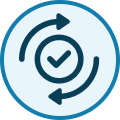The CMMS has become an entry point for a wide range of data useful to the smooth running of the company. For this reason, interfacing the CMMS with the IS, and first and foremost with the ERP, is an integral part of the deployment of such a solution. The aim: to facilitate the flow of information while maintaining data quality.

Essential in many sectors, Computerized Maintenance Management Systems (CMMS) need to be able to connect and exchange data easily with existing information systems.
This interfacing is necessary above all because the maintenance function collaborates with other functions. Whether it’s for scheduling interventions, ordering spare parts or materials for day-to-day management, CMMS will need to integrate with other IS components.
ERP on the front line
Almost systematically, ERP is the main tool with which CMMS must interface. This means access to essential data, managed within what constitutes the company’s “software backbone”: part numbers and prices, stock levels… The aim is to be able to use the CMMS to reserve parts, place orders according to the conditions negotiated by the purchasing department, receive them and enter them into stock.
More occasionally, the CMMS interacts with the HRIS. The aim is to access information on maintenance personnel, in particular schedules, in order to forecast workloads and anticipate potential manpower requirements.
More anecdotally, we sometimes have to interface the CMMS with accounting software, to feed in financial information. This type of interface often proves complex, given the nature, level of detail and “analytical” structuring of the data concerned.
Less data re-entry for faster decision-making
The integration of CMMS within the information system is leading companies towards greater decision-making agility. Firstly, it eliminates the need to re-enter data, a source of error: data is created once, where it makes the most sense from a business point of view. Secondly, this data flows seamlessly between software programs, and therefore between functions within the company. This convergence provides a global vision of operations, facilitating communication between teams and rapid, well-informed decision-making.
The instant availability of information enables decision-makers to react swiftly to operational challenges. This reduces response times and improves the responsiveness of maintenance teams.
The interface between CMMS and IS also enriches reporting and forecasting analyses, making them powerful tools in their own right. They can be used to anticipate maintenance requirements and prevent potential failures, detect deviations in terms of availability rates and costs, and anticipate the renewal of certain production resources.
How to interface successfully
Successful interfacing between CMMS and IS requires a methodical approach and a thorough understanding of companies’ operational needs. First of all, it’s essential to know the company’s specific characteristics (sector, structure, organization, solutions in place, technical constraints, etc.).
Functional specifications are drawn up for data interfacing requirements. They mainly concern a common repository (or “mapping”) of information to be exchanged between applications.
It is also essential to master interfacing technologies, most of which are based on file exchange, buffer tables and webservices. The latter now account for 40% of interfaces produced. Their emergence is accompanied by growing – but well-founded – complexity: it’s not uncommon to have to call two or three other webservices to verify rights or authentication.
As a result, our involvement in a number of CMMS-IS integration projects has enabled us to master a variety of environments, particularly in terms of ERP and database systems. This speeds up deployment preparation. Depending on the complexity and the context, interfacing CMMS and IS can take from one to several weeks. Successful interfacing therefore relies on both sound technological expertise and an understanding of the company’s organization.
Expert interview – Aïchouche Doliman, Head of specific developments at Siveco Group.





